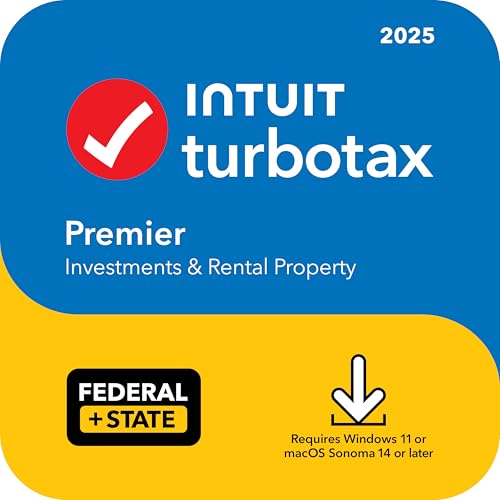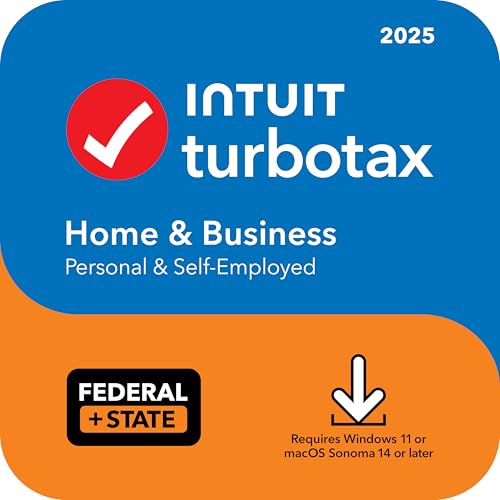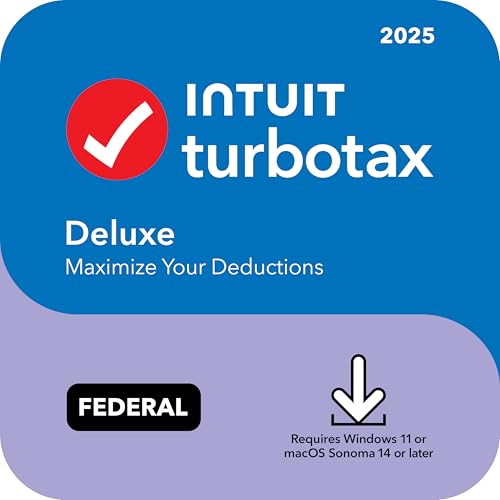
Looks like the publisher may have taken this series offline or changed its URL. Please contact support if you believe it should be working, the feed URL is invalid, or you have any other concerns about it.
انتقل إلى وضع عدم الاتصال باستخدام تطبيق Player FM !
المدونة الصوتية تستحق الاستماع
برعاية

The EMS Lighthouse Project
Fetch error
Hmmm there seems to be a problem fetching this series right now.
Last successful fetch was on November 04, 2025 22:35 (
What now? This series will be checked again in the next hour. If you believe it should be working, please verify the publisher's feed link below is valid and includes actual episode links. You can contact support to request the feed be immediately fetched.
Manage series 3496059
104 حلقات
Fetch error
Hmmm there seems to be a problem fetching this series right now.
Last successful fetch was on November 04, 2025 22:35 (
What now? This series will be checked again in the next hour. If you believe it should be working, please verify the publisher's feed link below is valid and includes actual episode links. You can contact support to request the feed be immediately fetched.
Manage series 3496059
104 حلقات
كل الحلقات
×1 Ep 103 - Preeclampsia, Eclampsia, and Postpartum Hemorrhage 49:48
1 Ep 102 - Ketamine for Agitation with Dr Crowe 40:10
1 Ep 101 - PreOxygenation and Why Words Matter 34:55
1 Ep 100 - Amio v Lido in OHCA w Tanner Smida 42:31
1 Ep 99 - Adenosine or Diltiazem for SVT? 34:08
1 Ep 98 - Does the Sequence of RSI Medications Matter 32:20
1 E97 - Bayes and Calcium Before Diltiazem in Atrial Fibrillation 38:20
1 Ep 92 - Mechanical CPR in InHospital Arrest 26:49
1 E82 - Ketamine v Etomidate for RSI: A Bayesian Meta-Analysis 45:59
1 Ep81 - Treatment of Atrial Fib with RVR 48:50
1 LHP E78 – Racial Disparities in EMS Analgesia 55:50
1 LHP E77 – Should We Reduce Sedative Dosing In RSI Of Hypotensive Patients? 23:40
1 EMS LHP – E76 – One and Done Epinephrine 22:42
مرحبًا بك في مشغل أف ام!
يقوم برنامج مشغل أف أم بمسح الويب للحصول على بودكاست عالية الجودة لتستمتع بها الآن. إنه أفضل تطبيق بودكاست ويعمل على أجهزة اندرويد والأيفون والويب. قم بالتسجيل لمزامنة الاشتراكات عبر الأجهزة.

































